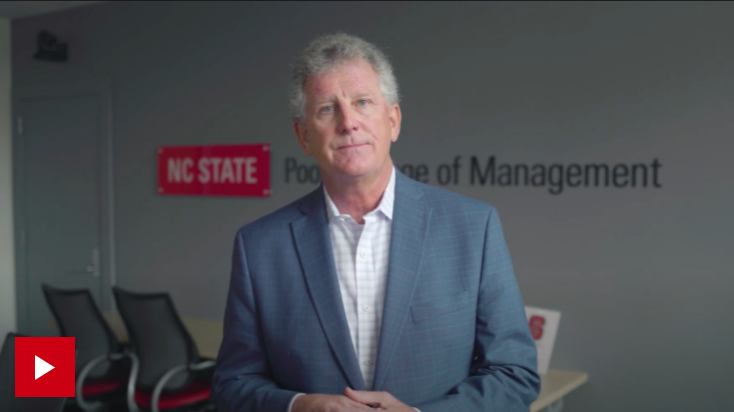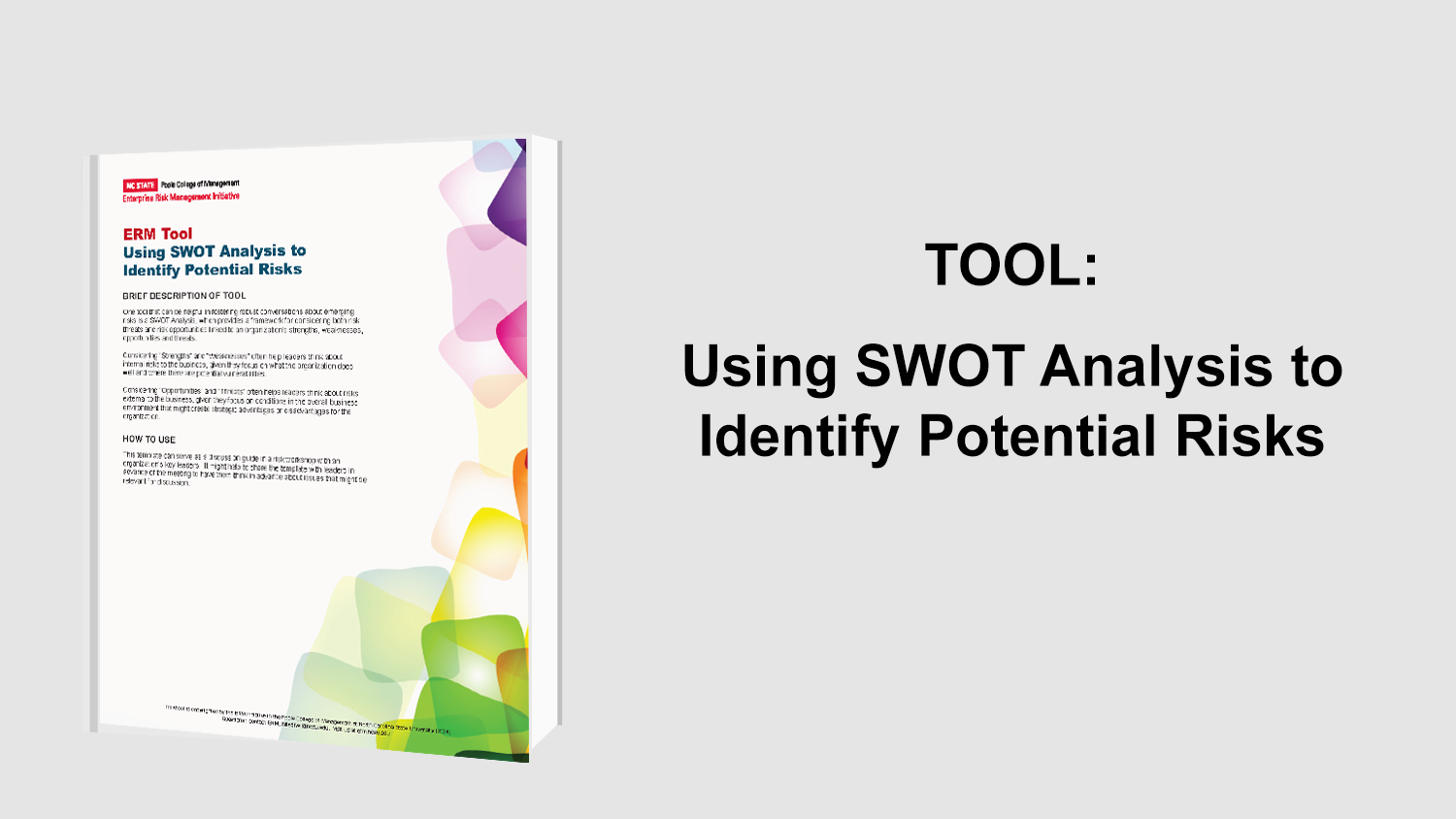Often ERM leaders are frustrated at not being able to capture the attention of C-Suite executives when discussing risk issues. Sometimes ERM leaders find it challenging to engage with the organization’s top leaders about risk concerns on the horizon and they leave those interactions frustrated that the C-Suite is not fully focused on important challenges that may be in the future.
In this short video, Mark Beasley, KPMG Professor and Director of the ERM Initiative in the Poole College of Management, shares tips on how ERM leaders may want to rethink their approaches to engaging in conversations with C-Suite executives.
Our Own Worst Enemy
Beasley notes that the problem may actually reside with the ERM leader. Business executives often note they are frustrated that risk management professionals tend to use a “risk lingo” when sharing information about risks on the horizon. ERM leaders frequently use terms like inherent risk, residual risk, risk tolerance, risk appetite (and the list goes on) when talking with other business leaders, failing to realize those terms may not be second-nature for non-risk management professionals. As a result, ERM leaders frustrate (and sometimes confuse) C-suite executives when using risk management lingo in those conversations.
Embrace a Strategic Lingo
Business leaders like to think and speak in strategic terms – opportunities that may be present that can enhance an organization’s performance. They are focused on strategy execution and like to engage in conversations about initiatives that may lead to value creation. They are most interested in discussing how the entity can be strategically successful.
Beasley highlights that ERM leaders need to repackage risk information to present it in a strategic context. That may involve leading the conversation with a focus on what the organization is trying to do strategically and then introduce challenges and issues (e.g., risks) that may impact the impact of those strategies. That may require a shift in the lingo ERM professionals use to be one that incorporates strategic terms and concepts with risk information interwoven in that. Doing so is likely to grab the attention of the C-suite.
- Categories:
- Types:




